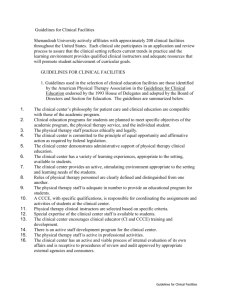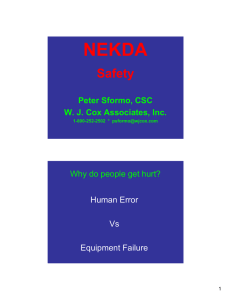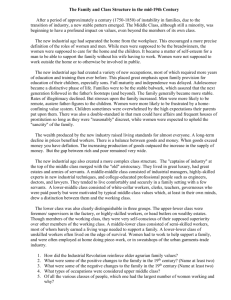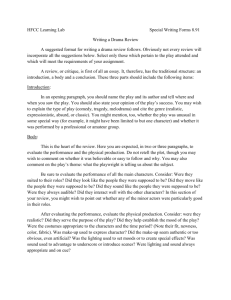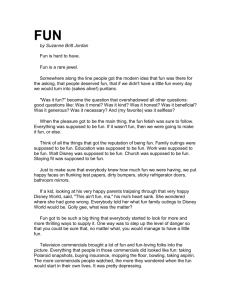1. Reaction Paper 1.
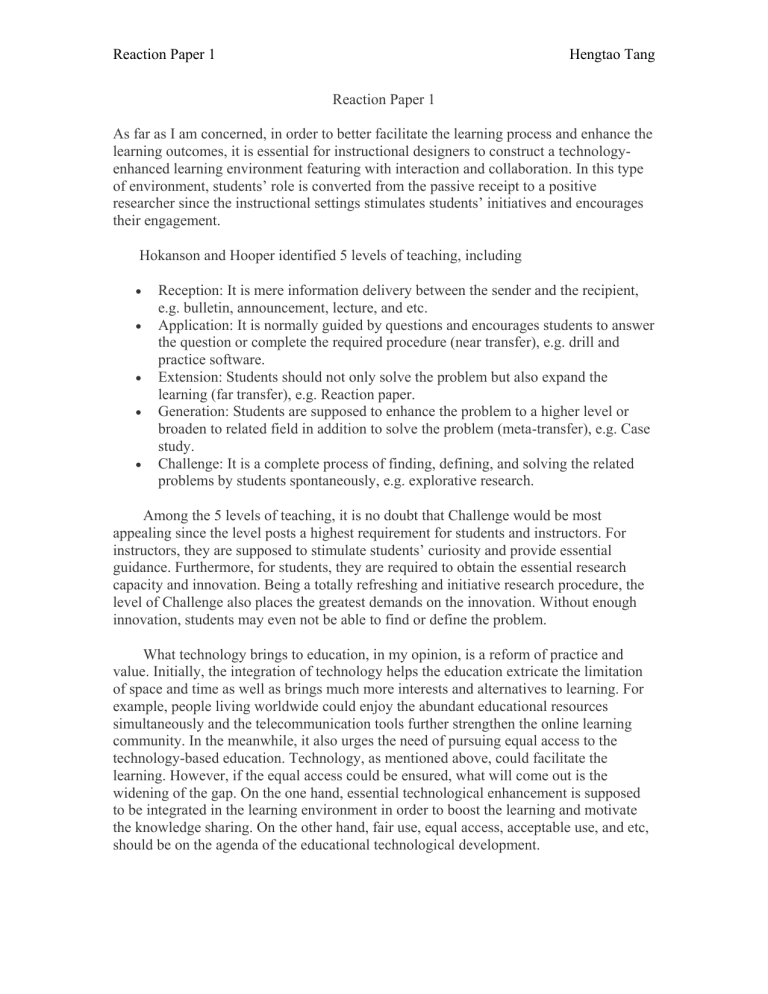
Reaction Paper 1 Hengtao Tang
Reaction Paper 1
As far as I am concerned, in order to better facilitate the learning process and enhance the learning outcomes, it is essential for instructional designers to construct a technologyenhanced learning environment featuring with interaction and collaboration. In this type of environment, students’ role is converted from the passive receipt to a positive researcher since the instructional settings stimulates students’ initiatives and encourages their engagement.
Hokanson and Hooper identified 5 levels of teaching, including
Reception: It is mere information delivery between the sender and the recipient, e.g. bulletin, announcement, lecture, and etc.
Application: It is normally guided by questions and encourages students to answer the question or complete the required procedure (near transfer), e.g. drill and practice software.
Extension: Students should not only solve the problem but also expand the learning (far transfer), e.g. Reaction paper.
Generation: Students are supposed to enhance the problem to a higher level or broaden to related field in addition to solve the problem (meta-transfer), e.g. Case study.
Challenge: It is a complete process of finding, defining, and solving the related problems by students spontaneously, e.g. explorative research.
Among the 5 levels of teaching, it is no doubt that Challenge would be most appealing since the level posts a highest requirement for students and instructors. For instructors, they are supposed to stimulate students’ curiosity and provide essential guidance. Furthermore, for students, they are required to obtain the essential research capacity and innovation. Being a totally refreshing and initiative research procedure, the level of Challenge also places the greatest demands on the innovation. Without enough innovation, students may even not be able to find or define the problem.
What technology brings to education, in my opinion, is a reform of practice and value. Initially, the integration of technology helps the education extricate the limitation of space and time as well as brings much more interests and alternatives to learning. For example, people living worldwide could enjoy the abundant educational resources simultaneously and the telecommunication tools further strengthen the online learning community. In the meanwhile, it also urges the need of pursuing equal access to the technology-based education. Technology, as mentioned above, could facilitate the learning. However, if the equal access could be ensured, what will come out is the widening of the gap. On the one hand, essential technological enhancement is supposed to be integrated in the learning environment in order to boost the learning and motivate the knowledge sharing. On the other hand, fair use, equal access, acceptable use, and etc, should be on the agenda of the educational technological development.
Reaction Paper 1 Hengtao Tang
Finally, as of the questions for those five levels, I still wonder the restrictions of curricular settings for them to be carried out. For example, what kind of curriculum settings should the instructor resorts to reception/application/extension/etc. in? In the ordinary curricular settings, what is the limitation of those five different teaching levels?
For instance, the level of recipient works well for basic language learning, however, this might decrease the outcome when it comes to the hands-on technological training.

